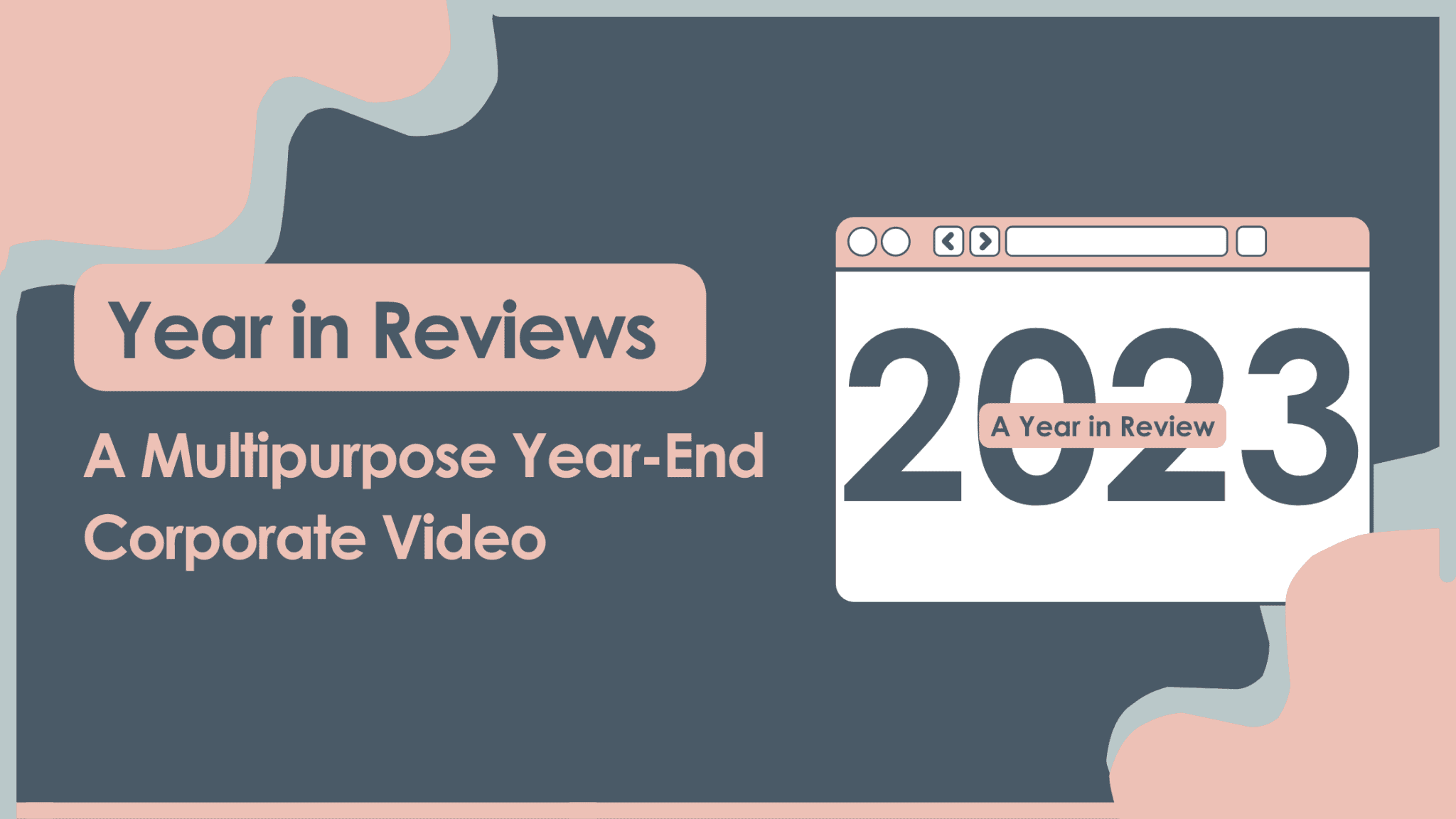Angling and framing the camera just right is much more important than you think. These angles and shots, which refer to the exact positions from which the camera records its subject, determine the audience’s perception of the storytelling through the highlighting of certain elements within the frame. Low angles, high angles, and everything in between, below are their definitions and the respective purposes they carry.
Low Angle
A low-angle shot is taken from below the subject’s eye level, mimicking an upwards gaze. The low angle makes the subject appear larger and of power, signalling the audience to perceive them in a way that is intended, which is crucial in shaping narratives.
High Angle
A high-angle shot is a method in which the subject is viewed from above with the camera pointing downward. This shot is meant to make the subject beneath appear defenceless, or vulnerable, urging the audience to see with a lens of empathy, and is useful for multiple filming styles, such as documentaries that seek that desired response.
Eye-Level Angle
It’s all neutral over here. Unlike the previous two angles, the subject is not presented as inferior or superior. Eye-level angles most similarly mimic how we view others in our day-to-day lives, easing the audience into focusing on the subject and the content, whether it is a commercial or a social service video.
Extreme Close-Up
Up close and personal, an extreme close-up shot frames only a small portion of the subject. Extreme close-ups intensify emotions without the assistance of any dialogue and emphasise small details that have the potential to be overlooked. Specific elements that are crucial to the plot are put to the centre.
Close-Up
Similar to an extreme close-up, the shot focuses on a specific part of the subject, just from a further distance. Close-ups bring attention to the subject’s emotions and reactions, providing the audience with more insight into the subject in the frame.
Medium Shot
A medium shot captures the subject from the waist up or from the knees up and is a go-to for capturing back-and-forth conversations and interactions between characters. The balanced view gives the audience context through the subject’s body language and the environment surrounding them.
Long Shot
Also known as a full shot, it shows the subject from head to toe, emphasising the subject’s location within the environment. Long shots aid in the audience’s comprehension of the setting by providing details about the subject’s surroundings and their position within them, establishing a narrative.
Extreme Long Shot
As suggested by its name, extreme long shots capture the subject from such a great distance, presenting it as a small element within a vast landscape. Extreme long shots are used to introduce locations and are important for travel videos and geographical documentaries.
Understanding camera angles and shots is pivotal for filmmakers and storytellers as visual storytelling relies on them to shape narratives and evoke emotions from the audience. By utilising the camera to its fullest, a simple scene can shapeshift into a multi-dimensional experience, leaving the audience in awe with the storytelling. The angles and shots mentioned above are considered the basics of filmmaking, and while relying on them ensures a solid foundation, filmmakers should always be in tune with their innate creative spirit and explore the beyond.


